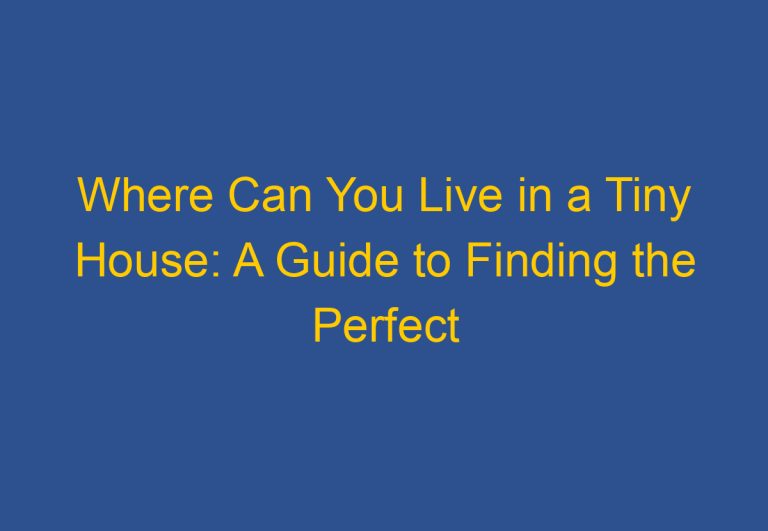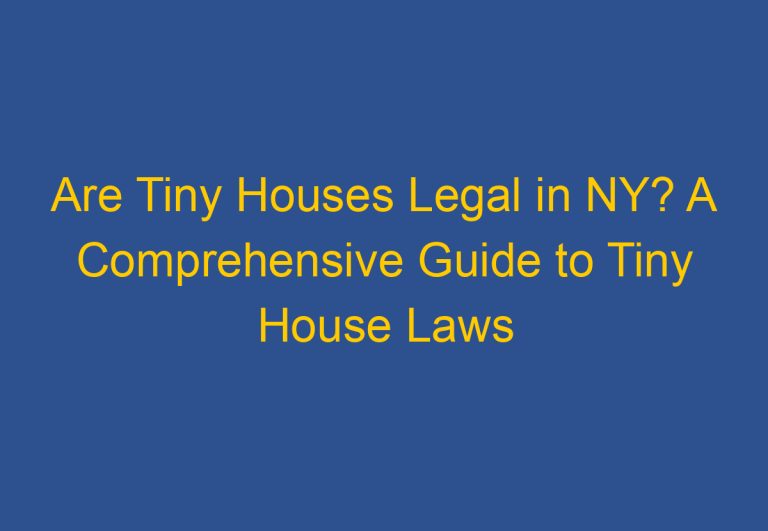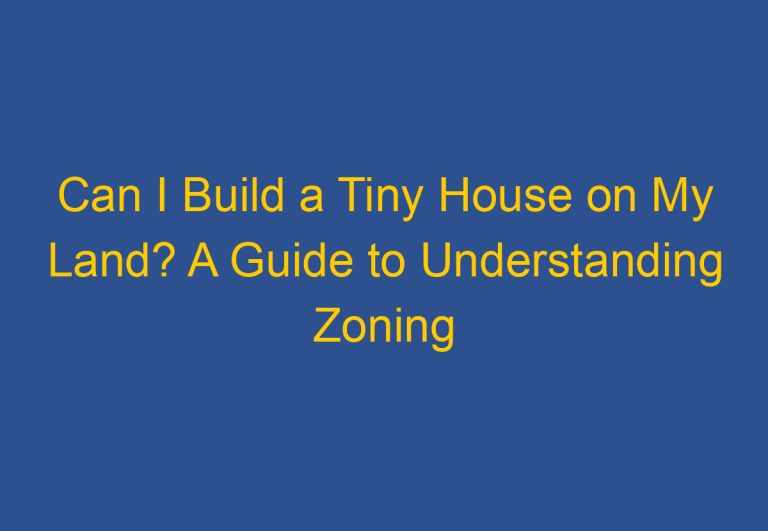2-Bedroom Tiny House Cost: A Comprehensive Guide
In recent years, the tiny house movement has gained significant traction as more people seek affordable, minimalist living options.
Among the various tiny house configurations, the 2-bedroom tiny house stands out for its balance of compactness and functionality.

But how much does it cost to build a 2-bedroom tiny house? This comprehensive guide delves into the factors affecting the cost, providing a detailed breakdown to help you budget effectively.
Understanding the Basics
A 2-bedroom tiny house typically ranges from 100 to 500 square feet, offering enough space for a small family or a couple who needs a guest room or office.
The cost of building such a house can vary widely based on several factors, including location, materials, design complexity, and whether you opt for a DIY approach or hire professional builders.

Average Costs
The cost of a 2-bedroom tiny house can range from $30,000 to $150,000. This broad range reflects the variability in design, materials, and labor costs. Here’s a more detailed breakdown:
- Basic Models: A basic 2-bedroom tiny house can cost between $30,000 and $60,000. These models usually feature simple designs and standard materials. They are often built on trailers, which can add to the cost but offer mobility.
- Mid-Range Models: For a more customized tiny house with higher-quality materials and additional features, expect to pay between $60,000 and $100,000. These homes might include upgraded insulation, energy-efficient windows, and custom cabinetry.
- High-End Models: Luxury tiny homes with top-of-the-line finishes, smart home technology, and bespoke designs can cost anywhere from $100,000 to $150,000 or more.

Factors Influencing the Cost
Several factors can significantly influence the cost of building a 2-bedroom tiny house. Let’s explore these in detail:
1. Location
The cost of land and local building regulations can greatly affect your overall budget. Building in urban areas or regions with high real estate prices will naturally increase costs. Additionally, some areas have stringent building codes that can add to the expense.
2. Materials
The choice of materials is a major cost driver. For instance, using reclaimed or recycled materials can reduce costs, while opting for high-end finishes and sustainable materials can increase the price. Standard materials for a tiny house include:
- Wood: Commonly used for framing and interior finishes.
- Metal: Often used for roofing and exterior siding.
- Insulation: Options range from traditional fiberglass to eco-friendly alternatives like sheep’s wool or recycled denim.
3. Labor
Hiring professional builders can add significantly to the cost. While DIY builds can save money, they require time, skill, and access to tools. Professional builders offer expertise and efficiency, often completing projects faster and with higher quality.
4. Design Complexity
Simple, box-like designs are cheaper to build than complex structures with multiple rooflines, dormers, or custom features. Custom designs that require bespoke solutions will naturally cost more.
5. Utilities and Systems
Installing plumbing, electrical, and HVAC systems in a tiny house can be challenging and expensive. Off-grid solutions, such as solar panels and composting toilets, can also add to the cost but may reduce long-term utility expenses.
Cost Breakdown
To give you a clearer picture, here’s a typical cost breakdown for a mid-range 2-bedroom tiny house:
- Foundation: $4,000 – $8,000 (if not on wheels)
- Framing: $10,000 – $20,000
- Roofing: $3,000 – $6,000
- Insulation: $2,000 – $5,000
- Windows and Doors: $3,000 – $7,000
- Plumbing and Electrical: $5,000 – $10,000
- Interior Finishes: $10,000 – $20,000
- Appliances: $3,000 – $8,000
- Labor: $15,000 – $30,000 (if hiring professionals)
Financing Your Tiny House
Financing a tiny house can be different from traditional home financing. Here are some options:
- Personal Loans: Many people finance their tiny houses with personal loans, which can offer flexibility but often come with higher interest rates.
- RV Loans: If your tiny house is on wheels, you might qualify for an RV loan, which can have lower interest rates and longer repayment terms.
- Home Equity Loans: If you own property, you can use a home equity loan to finance your tiny house.
- Savings: Some tiny house enthusiasts save up and pay for their homes outright, avoiding debt altogether.
Additional Costs to Consider
Beyond the construction costs, there are several other expenses to consider:
- Land: If you don’t already own land, purchasing a plot can add significantly to your budget.
- Utilities Hookup: Connecting to local utilities can be expensive, especially in remote areas.
- Permits and Inspections: These costs vary by location but are essential for legal compliance.
- Transportation: If your tiny house is built off-site, you’ll need to factor in the cost of transporting it to your location.
Benefits of a 2-Bedroom Tiny House
Despite the costs, a 2-bedroom tiny house offers numerous benefits:
- Affordability: Compared to traditional homes, tiny houses are significantly cheaper, making homeownership accessible to more people.
- Sustainability: Tiny houses use fewer resources and have a smaller environmental footprint.
- Flexibility: Many tiny houses are mobile, allowing owners to relocate easily.
- Minimalism: Living in a tiny house encourages a minimalist lifestyle, reducing clutter and promoting a focus on essentials.
Case Studies
To provide a real-world perspective, let’s look at a couple of case studies:
Case Study 1: The DIY Builder
Jane decided to build her own 2-bedroom tiny house to save costs. She spent around $55,000 on materials and another $5,000 on tools and equipment. By doing most of the work herself and enlisting the help of friends, she avoided labor costs. Her tiny house features reclaimed wood finishes and a composting toilet, reflecting her commitment to sustainability.
Case Study 2: The Professional Build
Mike and Sarah opted for a professionally built tiny house. They chose a mid-range model costing $95,000, which included high-quality materials and custom features like a loft bedroom and built-in storage solutions. The professional builders completed the project in three months, allowing Mike and Sarah to move in quickly and without the stress of a DIY build.
Conclusion
The cost of building a 2-bedroom tiny house can vary widely based on numerous factors, including location, materials, labor, and design complexity. By understanding these factors and planning accordingly, you can create a budget that suits your needs and ensures a successful build. Whether you choose a DIY approach or hire professionals, a 2-bedroom tiny house offers an affordable, sustainable, and flexible living solution.
If you’re considering joining the tiny house movement, take the time to research and plan thoroughly. With careful budgeting and thoughtful design, your dream of a 2-bedroom tiny house can become a reality.






